ML is everywhere!
Machine learning is already used all around us to make our lives more convenient:
Face recognition
Face recognition technology is one of the earliest notable examples of machine learning and computer vision that can nowadays be found in every digital camera and smartphone.
While the algorithms implemented in a camera application are fairly simple and only detect the presence of faces in general to make sure you look your best when the picture is taken, more sophisticated algorithms are also being used by governments and law enforcement in more and more countries to match a detected face to a known person in their biometric databases, for example, to identify criminals. So…smile!?

Object recognition (e.g., for self-driving cars)
Another example from the area of computer vision is object recognition or image segmentation in general. This is, for example, used in self-driving cars to make sure they are aware of street signs and pedestrians.
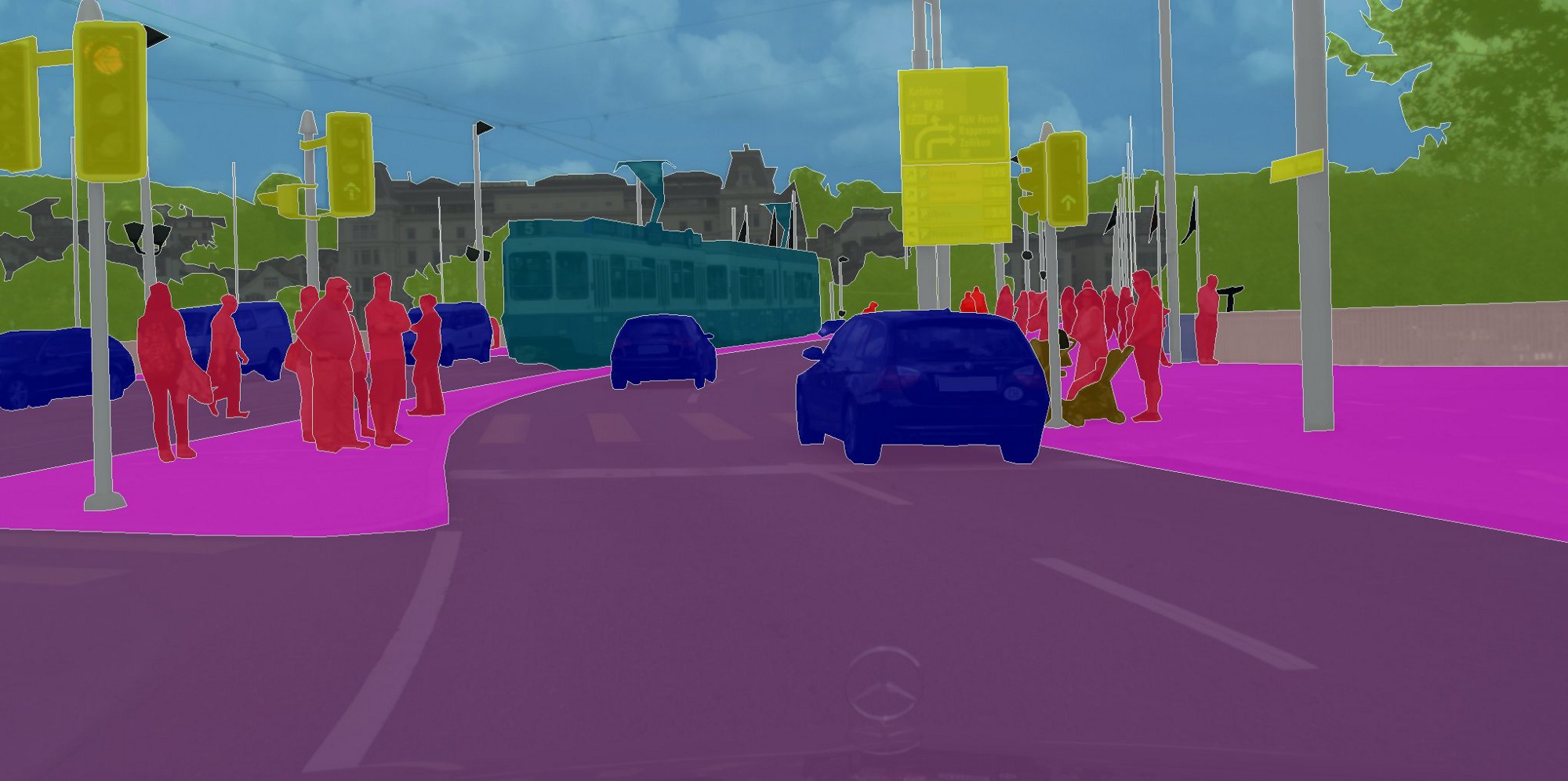
Analysis of medical images
The last example on image data comes from the application area of medicine: Below you see two images of retinas, i.e., photos taken of the back of someone’s eye, based on which it is possible to diagnose a common complication of diabetes that can result in blindness if left untreated.
The diagnostic algorithm to identify the markers of the disease in these images was developed by researchers at Google and achieves the same level of accuracy as human experts in the field. Google had even assembled a team of top specialists to discuss the hardest cases again to get consistent labels for all images, which gave their model an additional performance boost.
Since the equipment to take these images is fairly cheap, this means that with this ML model, expert diagnostic decisions can now be made available to those that might otherwise not have had the means to consult a top specialist.
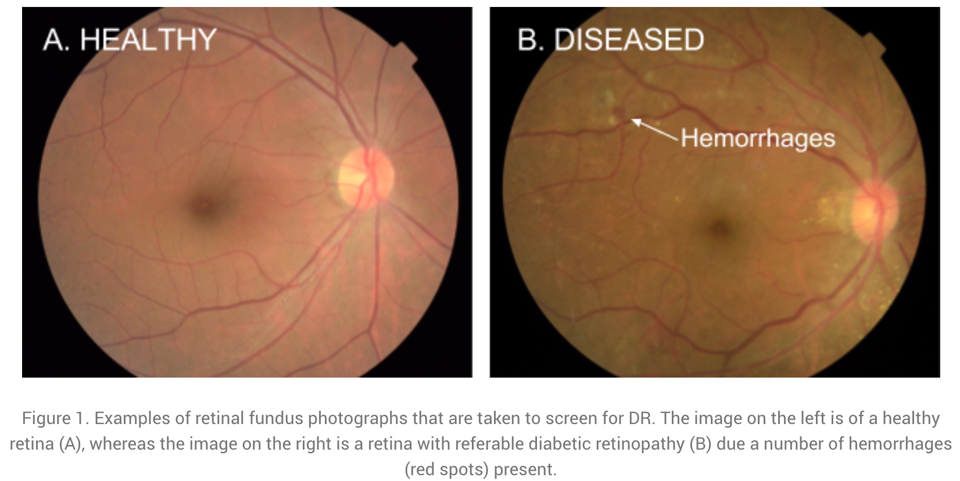
Conversational agents (i.e., speech recognition…)
Leaving the field of computer vision, now an example from the area of natural language processing (NLP): Conversational agents, like Siri or Alexa, are waiting for commands in many people’s homes. While many of the answers they give are still scripted by humans (as in the screenshot below), the real challenge is to understand what the person had actually said in the first place. Speech recognition, i.e., automatically transcribing spoken language into text, is a rather difficult problem, for example, since people speak with different accents and there can be additional background noises.

Machine translation
Again from the field of NLP: machine translation, i.e., automatically translating text from one language into another.
If you have used Google Translate (shown as an example in the screenshot below) after it was first released in 2006, you were probably often quite disappointed with the results, as the translated sentences read more like the words were just looked up one after another in a dictionary (= statistical machine translation). However, this changed when Google made the switch to a neural network model to generate the translations 10 years later in 2016: now the translated texts are actually readable and usually require only minor manual corrections, if any.
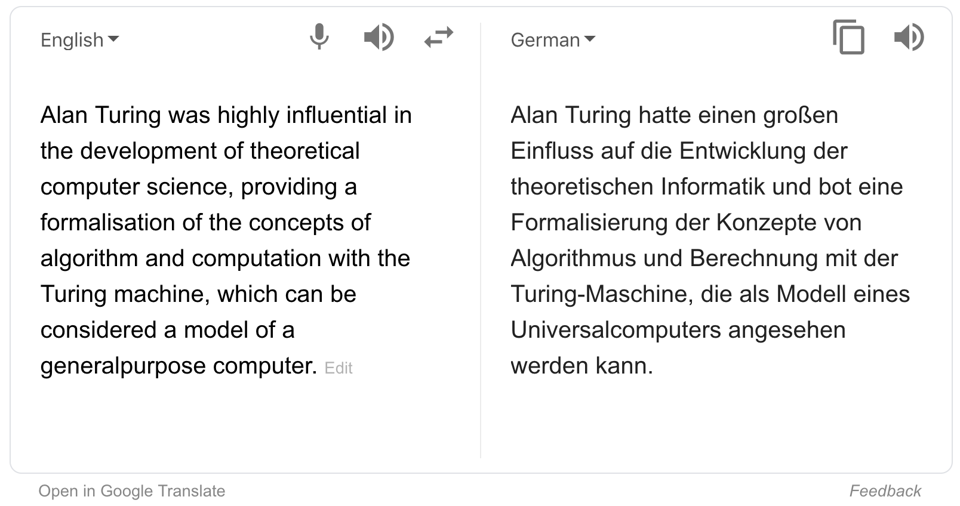
Recommender systems
Another application area are recommender systems, for example, on e-commerce platforms (like Amazon in the screenshot below) to provide the user with helpful search results and suggestions, and thereby generate revenue for the respective companies. They are also used on social media platforms and by Netflix, YouTube & co to keep you glued to your screen.
Sometimes the provided suggestions might help you find exactly what you were looking for. But especially platforms with uncurated content such as YouTube have also been criticized for fostering, e.g., conspiracy theories through these personalized recommendations. Since this kind of content kept users especially engaged, it was recommended a lot and thereby drove the users further down some rabbit hole instead of also providing perspectives outside one’s own information bubble.
But on the upside, the research on recommender systems has also sparked developments in other areas of science, such as methods that recommend drug molecules that fit to the proteins playing a key role in certain diseases to accelerate the search for a cure.


Better than humans: AlphaGo
In 2016, DeepMind, a startup subsequently acquired by Google, presented AlphaGo, the first computer program to beat a human Go master.
This was a huge milestone for the AI research community, as Go, with a 19 x 19 playing field, is a lot more complex than chess (8 x 8 tiles and more restrictive movement patterns), and even the most optimistic AI researchers had not expected that a computer could win against a Go master before 2020.
The algorithms used in AlphaGo are from the subfield of reinforcement learning, which we will discuss in more detail later.
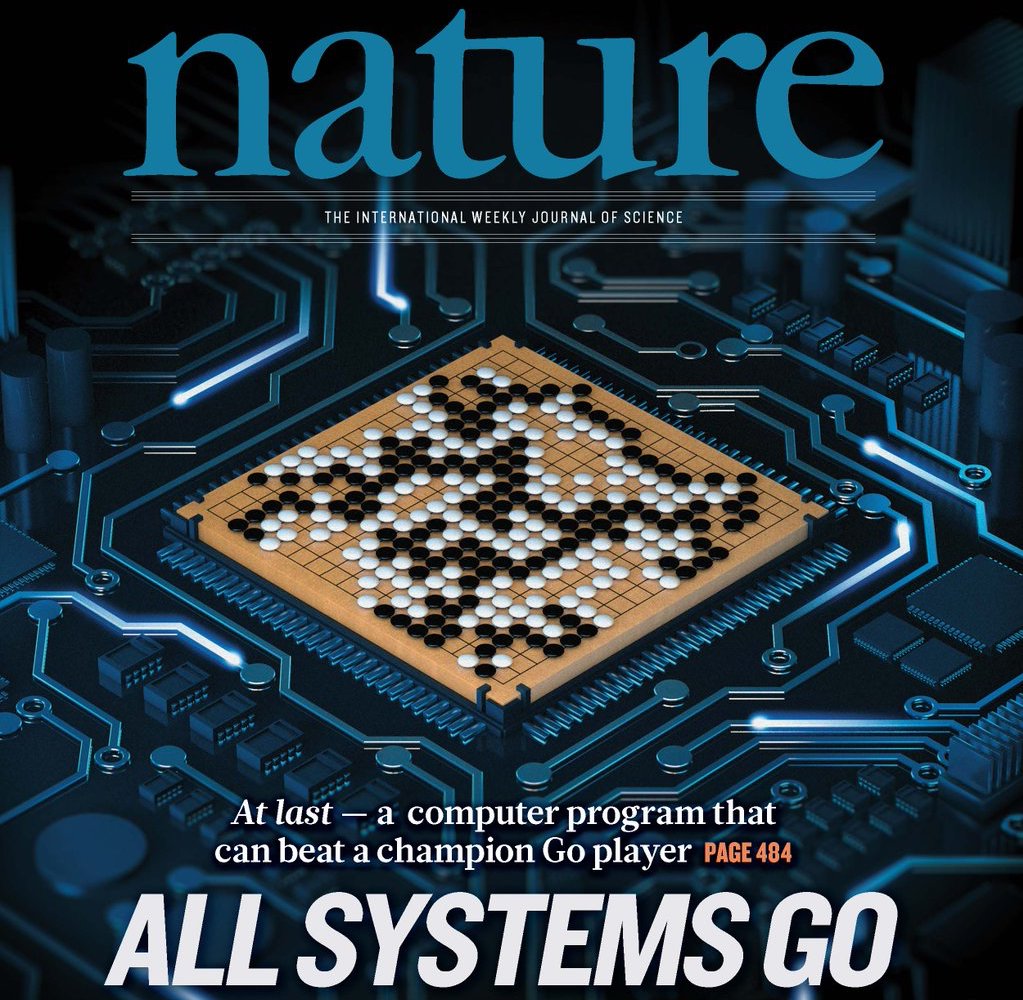
Protein folding - solving a 50-year-old challenge
DeepMind presented another major success story in 2020: Their AlphaFold model now estimates the 3D structure of a protein from its raw amino acid sequence as accurately as traditional simulation models.
Proteins often play a key role in diseases. If we know a protein’s 3D structure, we can determine which drug molecules can bind to it and thereby identify target structures that should be investigated further to find a cure for the disease.
While exact simulation models to estimate a protein’s 3D structure existed for a long time, these were very slow and it often took several days to compute the folding for a single protein. With the new neural network model, the same computation can now be done in a matter of minutes or even seconds, thereby vastly accelerating drug development.
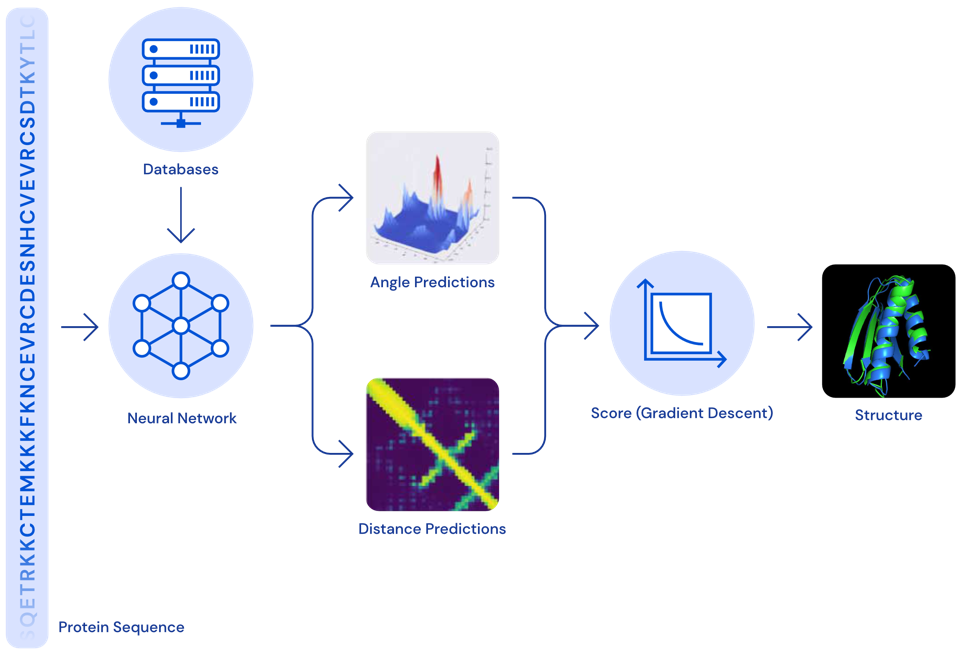
Neural networks getting creative
Lots of fun applications use neural networks to create new content, i.e., perform creative tasks that were previously thought exclusive to humans.
For example, an AI has written a slightly confusing yet hilarious script for a movie, which was then actually produced.
Neural networks are also used to visualize music by combining and transforming images, like in the video below:
And you’ve probably also seen some examples of “Neural Style Transfer” before, a technique that can, for example, be used to make your social media profile picture look like a van Gogh painting:

Even stock photos are now basically obsolete, since we can use neural networks to generate images given a textual description:

And chatbots can hold conversations and provide information in a variety of styles:
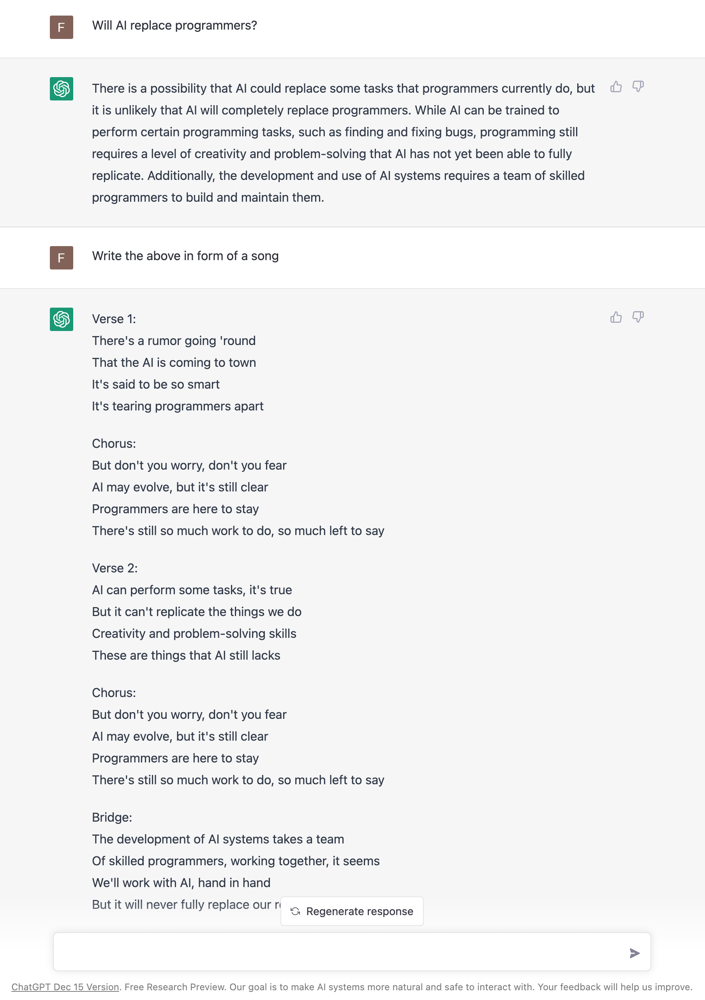
↑ Up: Introduction | ⌂ Home: A Practitioner’s Guide to Machine Learning | Next: ML history: Why now? →